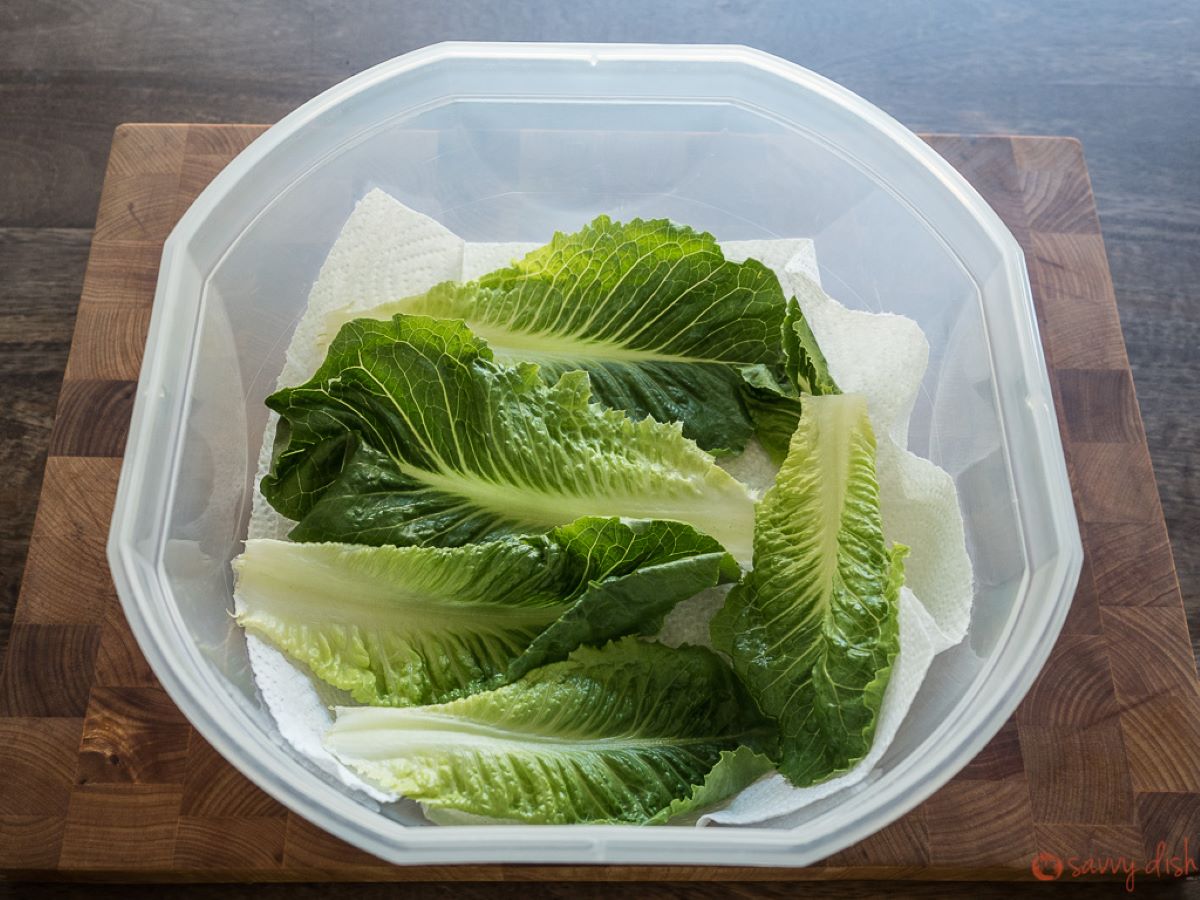

Articles
How To Store Lettuce
Modified: February 23, 2024
Discover the best ways to store lettuce and keep it fresh for longer with these helpful articles.
(Many of the links in this article redirect to a specific reviewed product. Your purchase of these products through affiliate links helps to generate commission for Storables.com, at no extra cost. Learn more)
Introduction
When it comes to storing lettuce, many of us struggle to keep it fresh and crisp for an extended period. Nothing is more disappointing than reaching into your refrigerator only to find wilted and slimy lettuce leaves. However, with the right storage techniques, you can prolong the shelf life of your lettuce and enjoy fresh and crunchy salads whenever you desire.
In this article, we will explore the best practices for storing lettuce and various methods that can help you maintain its freshness. From traditional refrigerator storage to innovative techniques like vacuum sealing and using fresh containers, we will cover it all. So, let’s dive in and discover how to store lettuce properly!
Key Takeaways:
- Keep lettuce fresh by following best practices: choose fresh lettuce, inspect and clean, avoid moisture exposure, store whole, and use airtight containers. Experiment with different storage methods to find what works best for you.
- Explore various innovative methods for storing lettuce, such as vacuum sealing, mason jar storage, freezing, and using a salad spinner. Each method offers unique benefits to help maintain the freshness and crispness of your lettuce.
Read more: How To Store Living Lettuce
Best Practices for Storing Lettuce
Before we jump into the specific storage methods, let’s go over some general best practices for storing lettuce. Following these guidelines will help you ensure the longevity and quality of your lettuce:
- Choose fresh, crisp lettuce: When buying lettuce, opt for heads that are firm, with vibrant color and crisp leaves. Avoid lettuce that looks wilted or has brown spots.
- Inspect and clean: Before storing, inspect the lettuce for any damaged or wilted leaves. Remove them and discard. Rinse the remaining lettuce leaves under cold water to remove any dirt or debris. Gently pat them dry using a paper towel or a salad spinner.
- Avoid exposure to moisture: Lettuce leaves are highly susceptible to moisture, which can lead to wilting and rot. Always make sure lettuce is fully dry before storing. Excess moisture can be removed by using a salad spinner or gently patting the leaves dry with a paper towel.
- Avoid exposure to ethylene-producing fruits: Certain fruits, such as apples, bananas, and tomatoes, release ethylene gas, which speeds up the ripening process. Keep lettuce away from these fruits as they can cause it to deteriorate quickly.
- Store lettuce whole: Whenever possible, store lettuce as a whole head rather than chopping it up. This helps maintain its freshness and texture for a longer time.
- Keep lettuce leaves intact: If you prefer storing lettuce leaves separately, make sure to keep them intact. Cutting or tearing the leaves will expose more surface area, leading to quicker wilting.
- Opt for airtight containers: Storing lettuce in airtight containers helps to maintain its freshness by preventing exposure to air and moisture, which can cause wilting and decay.
By following these best practices, you can maximize the shelf life of your lettuce and reduce food waste. Now, let’s explore some specific methods for storing lettuce.
Method 1: Refrigerator Storage
Refrigerator storage is the most common and convenient way to store lettuce. Here’s how you can do it:
- Wrap lettuce in paper towels: After cleaning and drying the lettuce leaves, wrap them individually or as a whole head in paper towels. The paper towels will absorb excess moisture and help keep the lettuce fresh.
- Place in a plastic bag: Put the wrapped lettuce in a loosely sealed plastic bag. Make sure to leave some air space inside the bag to prevent the lettuce from getting crushed.
- Store in the crisper drawer: Place the bag of lettuce in the crisper drawer of your refrigerator. The crisper drawer provides a slightly higher humidity environment, which helps keep the lettuce crisp and prevents it from drying out.
- Avoid overcrowding: Try not to overcrowd the crisper drawer. Leave some space around the bag of lettuce to allow proper air circulation and prevent it from getting crushed.
Remember to check on your lettuce periodically and remove any wilted leaves or excess moisture to maintain its freshness. When stored properly in the refrigerator, lettuce can stay fresh for up to a week.
This method is ideal for most types of lettuce, including romaine, iceberg, and leaf lettuce. However, it may not be suitable for delicate or tender varieties, such as butterhead or mesclun, as they have a shorter shelf life.
Now that you know how to store lettuce in the refrigerator, let’s explore another method: vacuum sealing.
Method 2: Vacuum Sealing
If you want to extend the shelf life of your lettuce even further, vacuum sealing is a great option. This method helps create an airtight environment around the lettuce, preventing the entry of any air and keeping it fresh for longer. Here’s how you can vacuum seal lettuce:
- Prepare the lettuce: Clean and dry the lettuce leaves thoroughly. Make sure they are free of any moisture, as this can lead to wilting.
- Separate and portion the lettuce: If you have a large head of lettuce, consider separating the leaves before vacuum sealing. This allows you to grab individual portions when needed without exposing the entire batch.
- Use a vacuum sealer: Place the lettuce portions or the whole head inside a vacuum sealer bag. Ensure that the bag is suitable for vacuum sealing and sized appropriately for the amount of lettuce you want to store.
- Seal the bag: Following the instructions provided with your vacuum sealer, seal the bag. This will remove the air inside and create an airtight seal.
- Store in the refrigerator: Once sealed, place the vacuum-sealed bag of lettuce in the refrigerator. The absence of air helps slow down the decomposition process, keeping the lettuce fresh for a longer period.
Using a vacuum sealer not only extends the storage life of lettuce but also helps preserve its flavor and texture. It is particularly useful if you buy lettuce in bulk or want to store it for an extended period.
Keep in mind that vacuum-sealed lettuce can last up to 2 weeks in the refrigerator, but it is advisable to use it within a week for optimal freshness and taste.
Now that you’ve learned about vacuum sealing, let’s explore another method: storing lettuce in mason jars.
Method 3: Mason Jar Storage
Storing lettuce in mason jars is an efficient and visually appealing method that can keep your lettuce fresh for a longer time. Here’s how you can store lettuce in mason jars:
- Prepare the lettuce: Clean and dry the lettuce leaves well. Remove any damaged or wilted leaves.
- Tear or chop the lettuce: Depending on your preference, tear the lettuce leaves into bite-sized pieces or chop them into smaller strips.
- Layer in the mason jar: Start by filling the bottom of the mason jar with a layer of lettuce. Avoid overpacking the jar to maintain the air circulation necessary to keep the lettuce crisp.
- Add a paper towel: Place a folded paper towel on top of the lettuce layer. The paper towel will absorb excess moisture and help keep the lettuce fresh.
- Repeat the layers: Continue layering the lettuce and adding paper towels between each layer until the jar is almost full. Leave a small amount of headspace at the top.
- Seal the jar: Place the lid tightly on the mason jar to create a sealed environment. This will help keep the lettuce fresh and prevent it from wilting.
- Store in the refrigerator: Once sealed, store the mason jar of lettuce in the refrigerator. The airtight seal and proper layering will help maintain the freshness and crispness of the lettuce.
- Enjoy as needed: When ready to use the lettuce, simply open the jar and remove the desired amount. Close the lid tightly and return the remaining lettuce to the refrigerator.
Mason jar storage is not only practical but also visually appealing, making it a great option if you want to showcase your fresh lettuce in the refrigerator. The lettuce stored in mason jars can stay fresh for up to a week or even longer, depending on the quality of the lettuce.
Now that you know how to store lettuce in mason jars let’s explore another method: freezing lettuce.
Read more: How To Store Lettuce For Winter
Method 4: Freezing Lettuce
Freezing lettuce might seem unconventional, but it can be a useful method if you have an abundance of lettuce or want to preserve it for future use. Here’s how you can freeze lettuce:
- Prepare the lettuce: Clean and dry the lettuce leaves thoroughly. Remove any damaged or wilted leaves.
- Blanch the lettuce: Blanching helps preserve the color and texture of lettuce before freezing. Bring a pot of water to a boil and blanch the lettuce leaves for about 1 to 2 minutes. Then, transfer the lettuce immediately to an ice bath to stop the cooking process.
- Drain and pat dry: Remove the blanched lettuce from the ice bath and drain it well. Pat the leaves dry with a paper towel to remove excess moisture.
- Arrange in freezer bags: Arrange the blanched and dried lettuce leaves in a single layer inside freezer-safe bags. It is recommended to separate the leaves with parchment paper or cling wrap to prevent them from sticking together.
- Remove excess air: Squeeze out as much air as possible from the bags before sealing them. This helps prevent freezer burn and keeps the lettuce fresh.
- Label and freeze: Write the date on the freezer bags and place them in the freezer. Lay them flat initially to allow for easy stacking and organization.
Frozen lettuce is best used in cooked dishes such as soups, stews, or stir-fries, as the texture may change after freezing. It may not be suitable for raw salads or as a garnish due to the change in texture once thawed.
By freezing lettuce, you can extend its shelf life for up to 3 months or even longer. Just make sure to use the frozen lettuce within the recommended time frame to retain its quality.
Now that you’ve learned how to freeze lettuce, let’s move on to another method: using a salad spinner.
To store lettuce, wash and dry the leaves thoroughly, then wrap them in a paper towel and place in a resealable plastic bag. Squeeze out excess air and store in the crisper drawer of the refrigerator. This will help keep the lettuce fresh for longer.
Method 5: Using a Salad Spinner
A salad spinner is a handy tool for washing and drying lettuce efficiently. Using a salad spinner not only removes excess moisture but also helps to keep the lettuce crisp. Here’s how you can use a salad spinner to store lettuce:
- Prepare the lettuce: Clean the lettuce leaves thoroughly under cold water to remove any dirt or debris. Remove any damaged or wilted leaves.
- Tear or chop the lettuce: Tear the lettuce leaves into bite-sized pieces or chop them into smaller strips, depending on your preference.
- Place in the salad spinner: Put the torn or chopped lettuce into the basket of the salad spinner. Make sure not to overcrowd the basket, as it may hinder proper spinning and drying.
- Rinse under cold water: Fill the salad spinner with cold water, or you can rinse the lettuce directly in the sink. Swirl the lettuce around in the water, allowing any dirt or residue to come off.
- Spin to remove excess moisture: Lift the basket from the salad spinner and place it back into the main bowl. Secure the lid and start spinning the lettuce. The spinning motion helps remove the excess moisture from the leaves.
- Dry with paper towels: Once the spinning is complete, remove the basket from the salad spinner. Gently pat the lettuce leaves dry with paper towels to ensure they are fully dry.
- Store in a container: Transfer the dry lettuce to a clean, airtight container. You can line the container with a paper towel to absorb any remaining moisture.
- Store in the refrigerator: Place the container with the lettuce in the refrigerator, preferably in the crisper drawer. Keeping it in an airtight container helps maintain the freshness and crispness of the lettuce.
Using a salad spinner ensures that your lettuce is clean and dry, which helps prevent wilting and prolongs its shelf life. It is a great option if you prefer storing lettuce in individual leaves instead of a whole head.
When stored using this method, lettuce can stay fresh for about a week or slightly longer, depending on its initial quality.
Now that you know how to use a salad spinner to store lettuce, let’s explore another method: storing lettuce in paper towels.
Method 6: Storing Lettuce in Paper Towels
Storing lettuce in paper towels is a simple yet effective method for keeping it fresh and crisp. The paper towels help absorb excess moisture, preventing the lettuce from wilting. Here’s how you can store lettuce using this method:
- Prepare the lettuce: Clean and dry the lettuce leaves thoroughly. Remove any damaged or wilted leaves.
- Tear or chop the lettuce: Tear the lettuce leaves into bite-sized pieces or chop them into smaller strips.
- Layer the paper towels: Place a few dry paper towels on a flat surface or in a container. The paper towels should cover the entire surface area and be enough to accommodate the amount of lettuce you are storing.
- Add the lettuce: Place the torn or chopped lettuce on top of the paper towels in a single layer. Avoid overcrowding to allow for proper air circulation and prevent the lettuce from getting squished.
- Wrap the lettuce: Gently fold the edges of the paper towels over the lettuce, creating a loose and breathable bundle. The paper towels will help absorb any excess moisture from the lettuce.
- Store in a container: Transfer the wrapped lettuce to an airtight container or a resealable plastic bag. This extra layer of protection helps maintain the freshness of the lettuce and prevents it from absorbing any odors from the refrigerator.
- Store in the refrigerator: Place the container with the lettuce in the refrigerator, ideally in the crisper drawer. The cool temperature, along with the paper towels, will help keep the lettuce crisp and fresh.
By storing lettuce in paper towels, you can increase its shelf life and prevent it from deteriorating quickly. When stored properly, lettuce can stay fresh for up to a week, maintaining its crunchy texture and vibrant color.
Now that you’ve learned the method of storing lettuce in paper towels, let’s explore another method: storing lettuce in a plastic bag.
Method 7: Storing Lettuce in a Plastic Bag
Storing lettuce in a plastic bag is a straightforward and convenient method that helps maintain its freshness and crispness. Here’s how you can store lettuce using this method:
- Prepare the lettuce: Clean and dry the lettuce leaves thoroughly. Remove any damaged or wilted leaves.
- Tear or chop the lettuce: Tear the lettuce leaves into bite-sized pieces or chop them into smaller strips.
- Place in a plastic bag: Transfer the torn or chopped lettuce into a clean, resealable plastic bag. Depending on the amount of lettuce, you may need one or multiple bags.
- Remove excess air: Before sealing the plastic bag, gently push out as much air as possible. This helps prevent the lettuce from getting crushed and maintains its freshness.
- Seal the bag: Securely seal the plastic bag, ensuring that it is airtight. This helps prevent moisture loss and keeps the lettuce crisp.
- Store in the refrigerator: Place the sealed plastic bag of lettuce in the refrigerator, preferably in the crisper drawer. The cool temperature will help maintain the freshness and crunchiness of the lettuce.
Storing lettuce in a plastic bag provides an added layer of protection against moisture loss and exposure to other odors in the refrigerator. It can help prolong the shelf life of lettuce and keep it fresh for up to a week or slightly longer, depending on its initial quality.
Remember to check on the lettuce periodically and remove any wilted leaves or excess moisture that may accumulate in the bag.
Now that you’ve learned the method of storing lettuce in a plastic bag, let’s explore another method: using a FreshWorks container.
Read more: How To Store Romain Lettuce
Method 8: Using a FreshWorks Container
A FreshWorks container is a specially designed storage container that helps prolong the freshness and crispness of produce, including lettuce. This innovative method creates an ideal environment for lettuce, allowing it to stay fresh for an extended period. Here’s how you can store lettuce using a FreshWorks container:
- Prepare the lettuce: Clean and dry the lettuce leaves thoroughly. Remove any damaged or wilted leaves.
- Tear or chop the lettuce: Tear the lettuce leaves into bite-sized pieces or chop them into smaller strips.
- Place in the FreshWorks container: Transfer the torn or chopped lettuce into the FreshWorks container. Make sure not to overfill the container, leaving some space at the top for proper air circulation.
- Seal the container: Securely close the lid of the FreshWorks container. The lid has an innovative technology that regulates the airflow and moisture levels within the container, maintaining optimal conditions for the lettuce.
- Store in the refrigerator: Place the sealed FreshWorks container of lettuce in the refrigerator, preferably in the main compartment or the crisper drawer. The container’s design helps retain moisture while preventing excess condensation, keeping the lettuce fresh and crisp.
- Check and refresh as needed: Periodically check the lettuce in the FreshWorks container. Remove any wilted or damaged leaves and refresh the container by gently shaking or stirring the lettuce to ensure even distribution of moisture.
Using a FreshWorks container is an excellent option if you want to maximize the shelf life of lettuce and reduce waste. The container can help keep lettuce fresh for weeks, maintaining its texture, flavor, and nutritional value.
Remember to follow the instructions provided with the FreshWorks container and adjust the settings as necessary to optimize the storage conditions for lettuce.
Now that you’ve learned about storing lettuce in a FreshWorks container, let’s wrap up the article.
Conclusion
Properly storing lettuce is essential to maintain its freshness, texture, and nutritional value. With the various storage methods discussed in this article, you can ensure that your lettuce stays crisp and flavorful for an extended period. Whether you choose to store it in the refrigerator, vacuum seal it, use mason jars, freeze it, employ a salad spinner, or utilize paper towels, plastic bags, or FreshWorks containers, there are options to suit your preferences and needs.
Remember to follow the best practices for storing lettuce, such as selecting fresh lettuce, inspecting and cleaning it properly, avoiding exposure to moisture and ethylene-producing fruits, and using airtight containers. These practices will help to maintain the quality of your lettuce and reduce food waste.
Experiment with different storage methods to find the one that works best for you and your lettuce. Consider factors such as the type of lettuce, the quantity you need to store, and the duration of storage required. By paying attention to these details and implementing the appropriate storage techniques, you can enjoy fresh and vibrant lettuce in your salads, sandwiches, and other dishes whenever you want.
So, the next time you bring home a batch of fresh lettuce, make sure to use these methods to store it properly and make the most out of your leafy greens. Say goodbye to wilted leaves and hello to crisp, delicious salads!
Frequently Asked Questions about How To Store Lettuce
Was this page helpful?
At Storables.com, we guarantee accurate and reliable information. Our content, validated by Expert Board Contributors, is crafted following stringent Editorial Policies. We're committed to providing you with well-researched, expert-backed insights for all your informational needs.

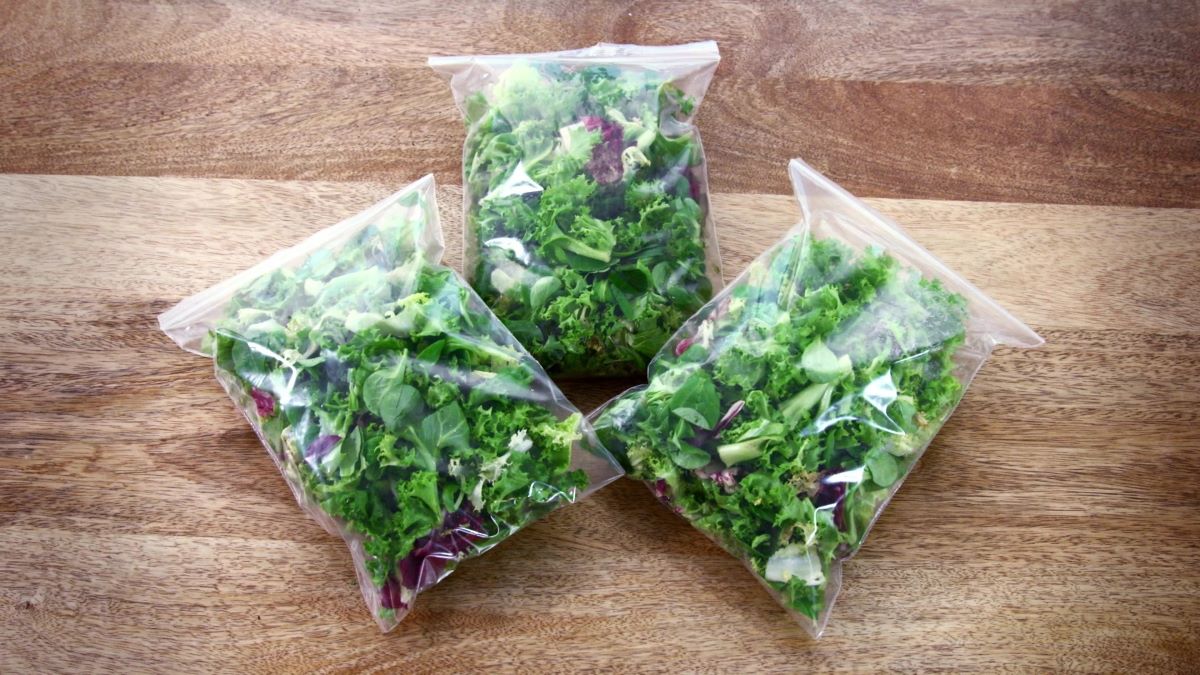
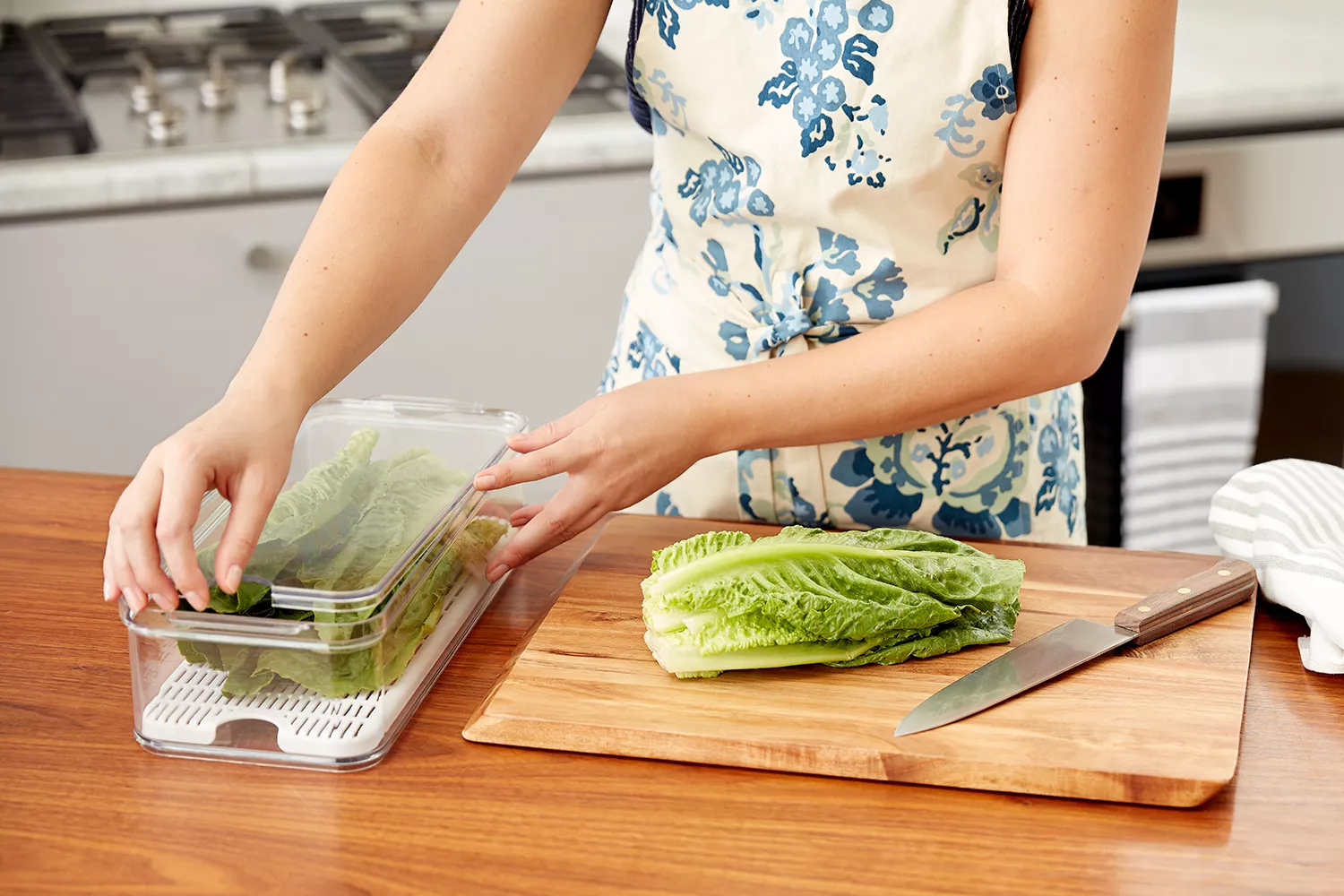
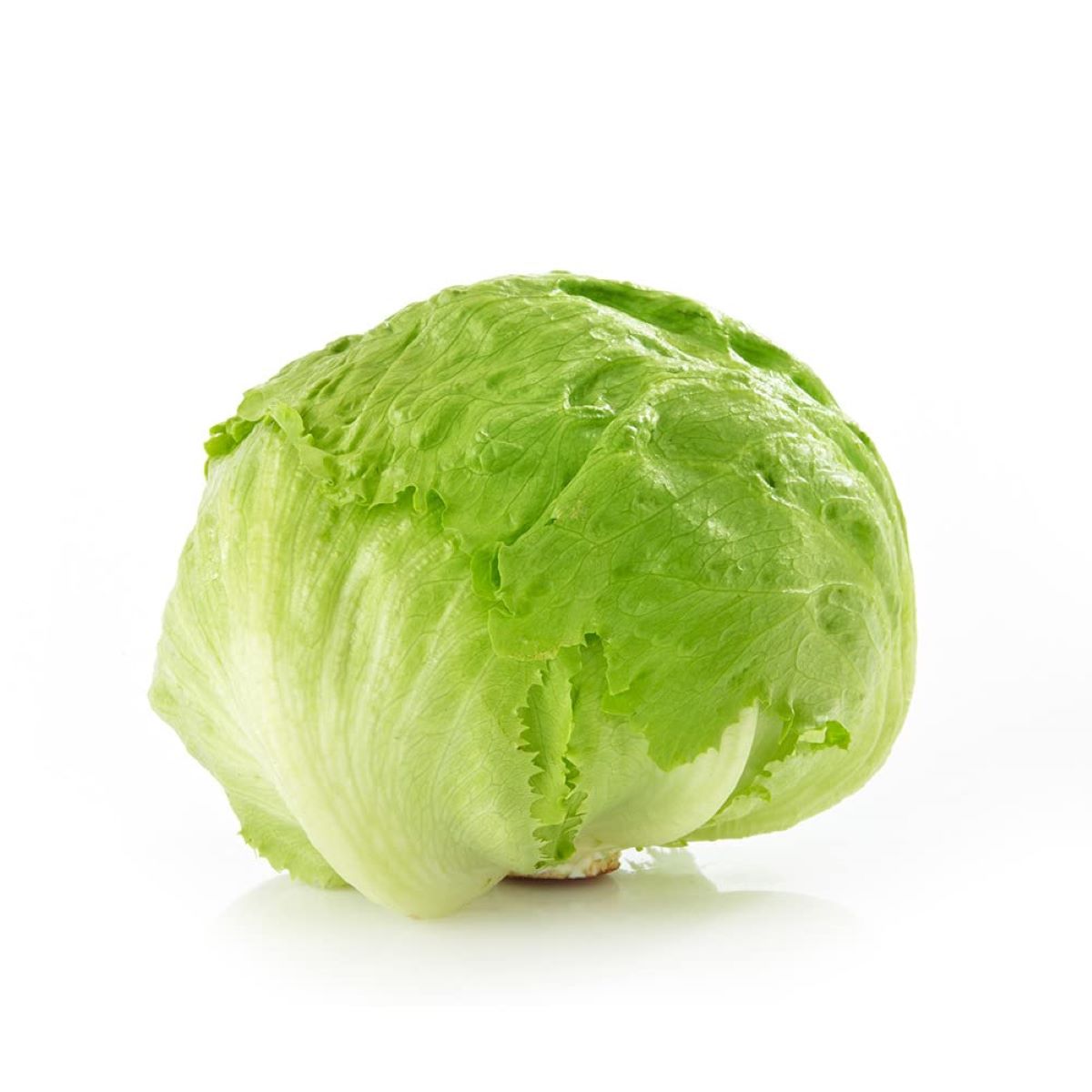
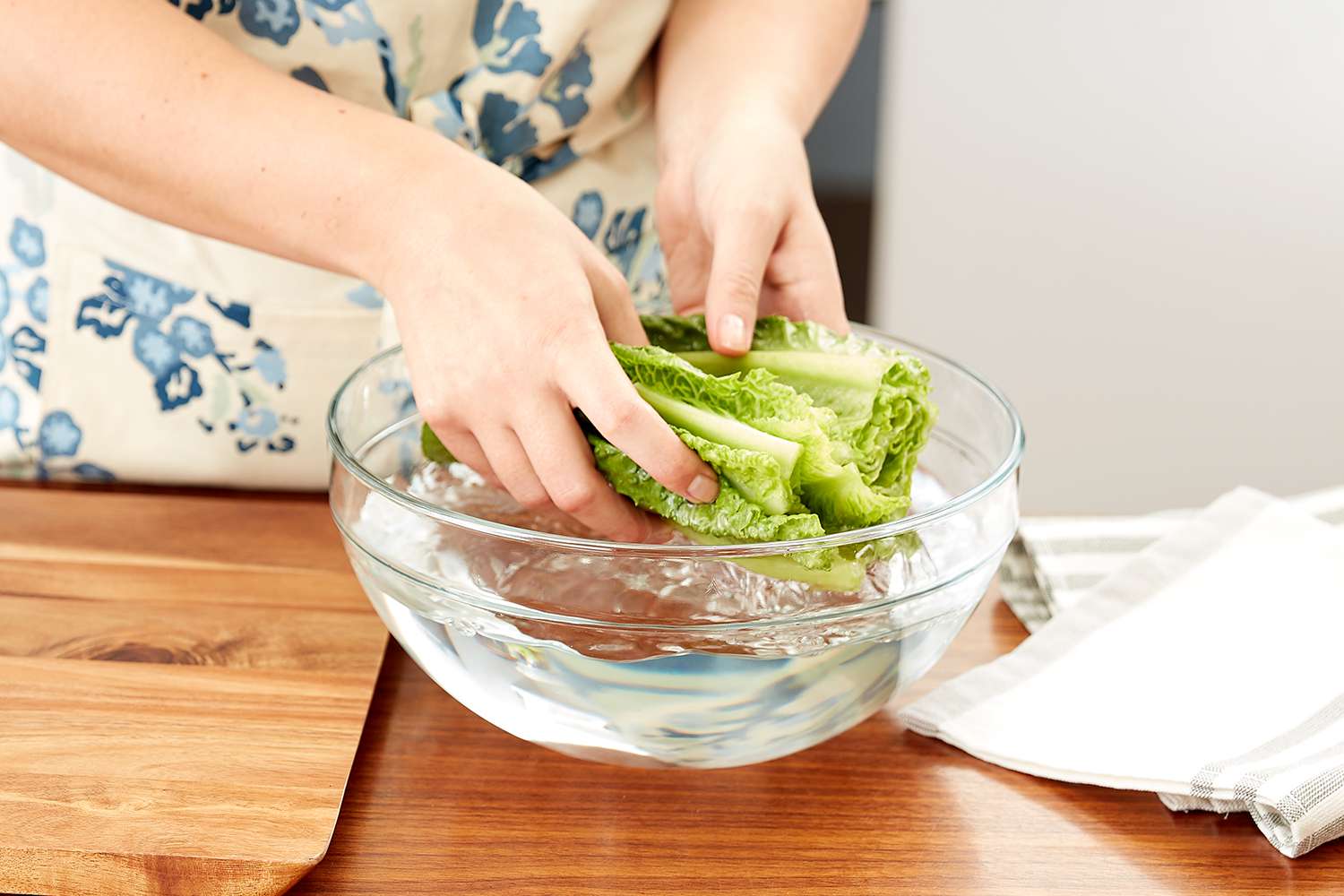


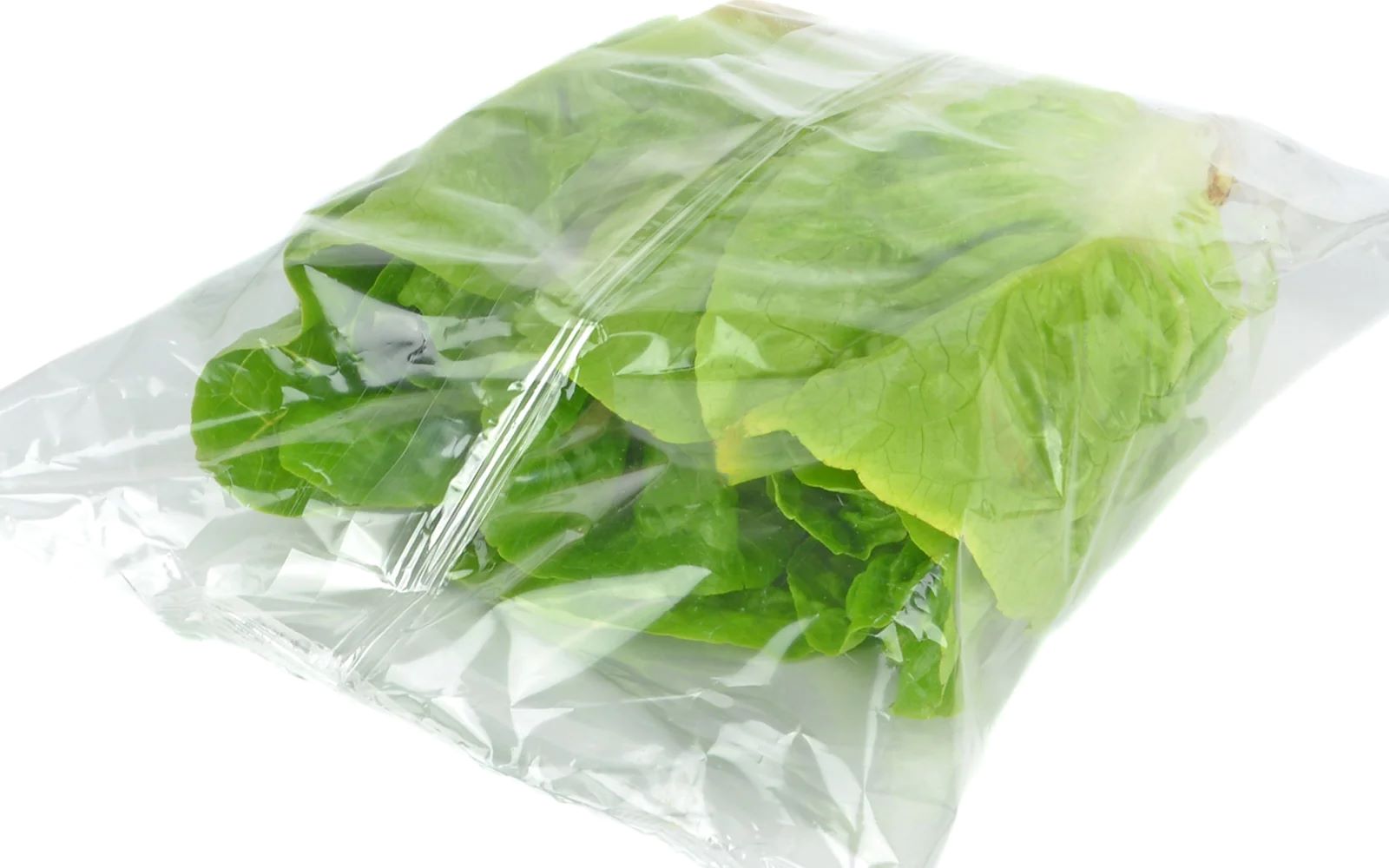

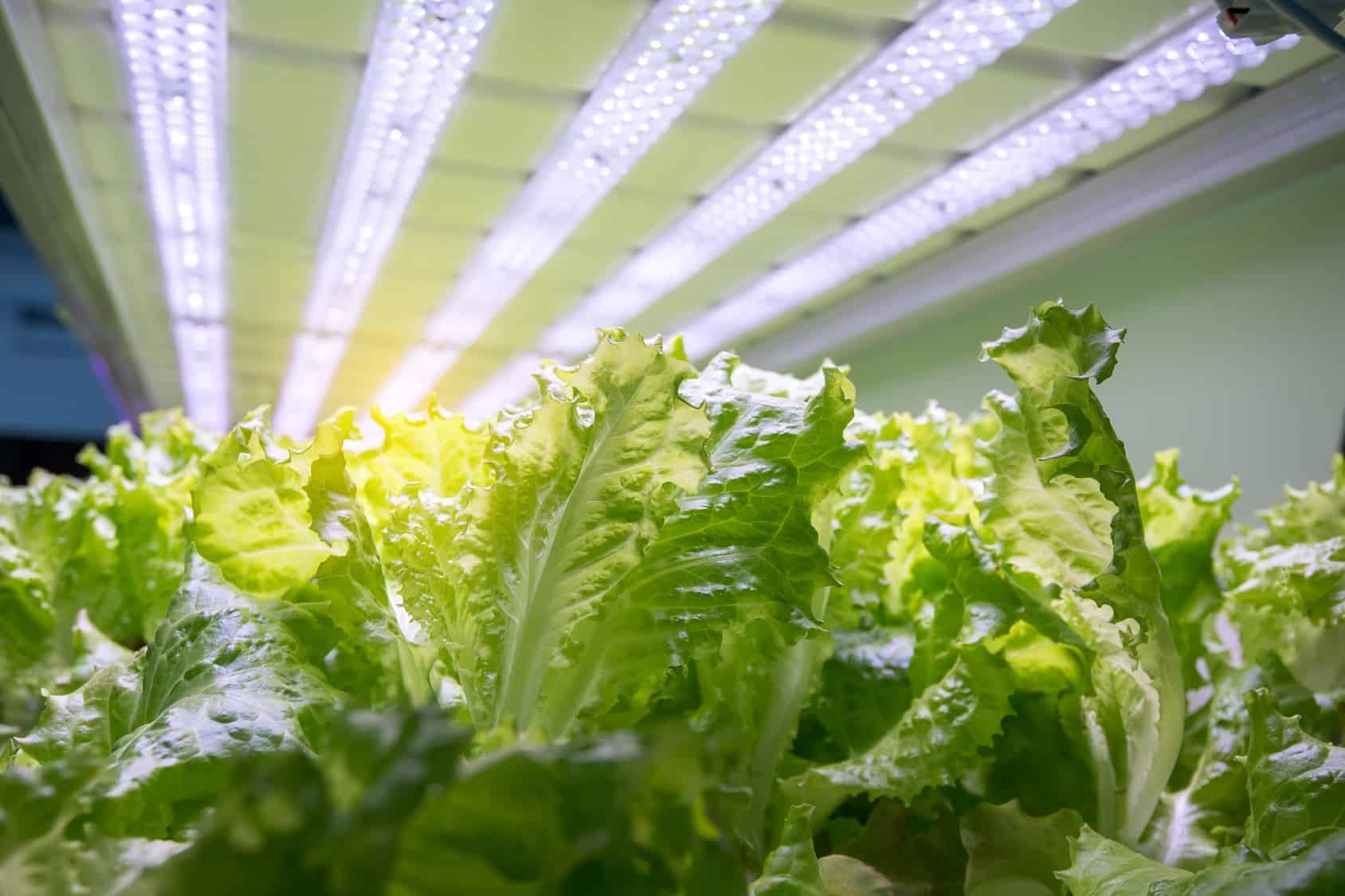
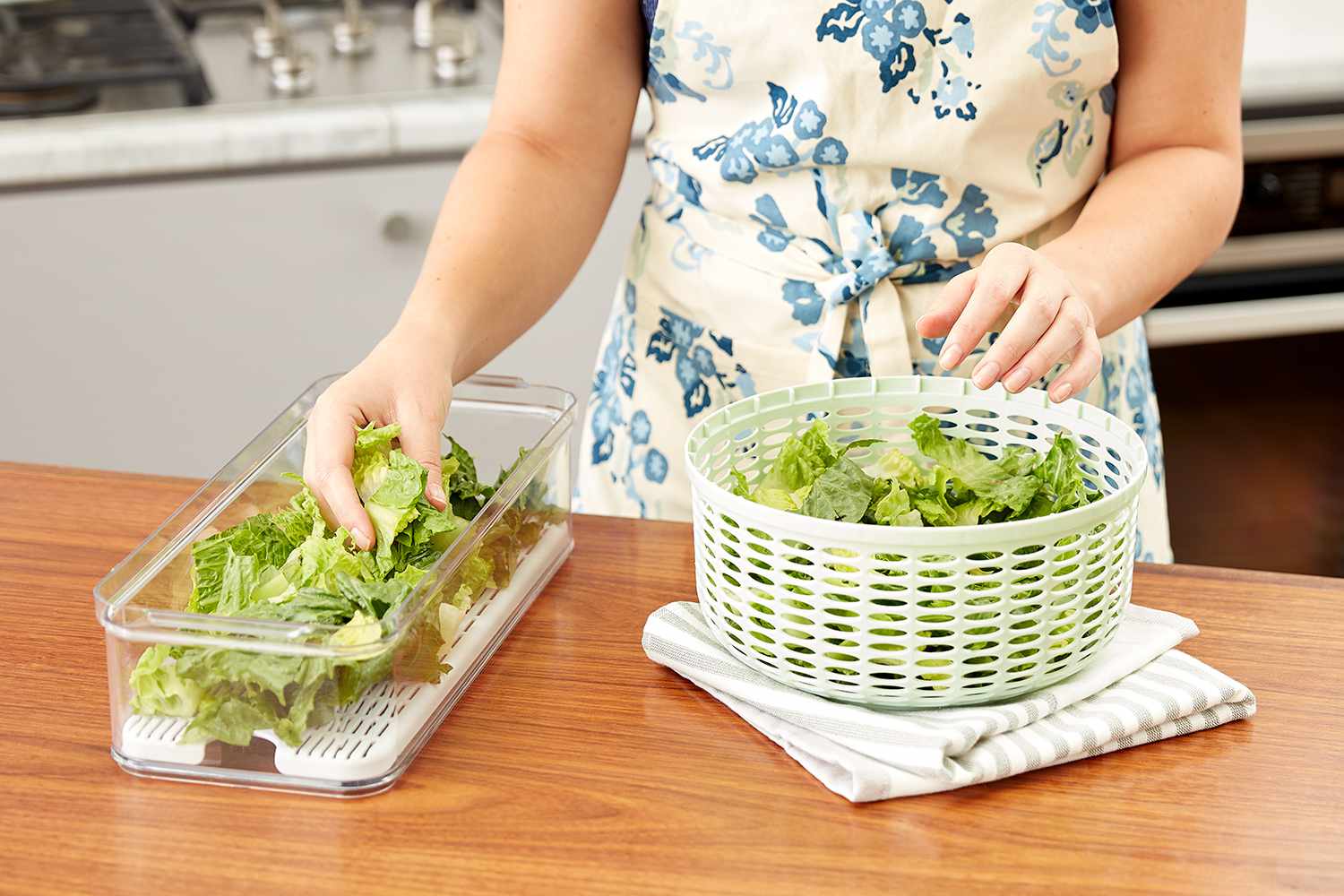
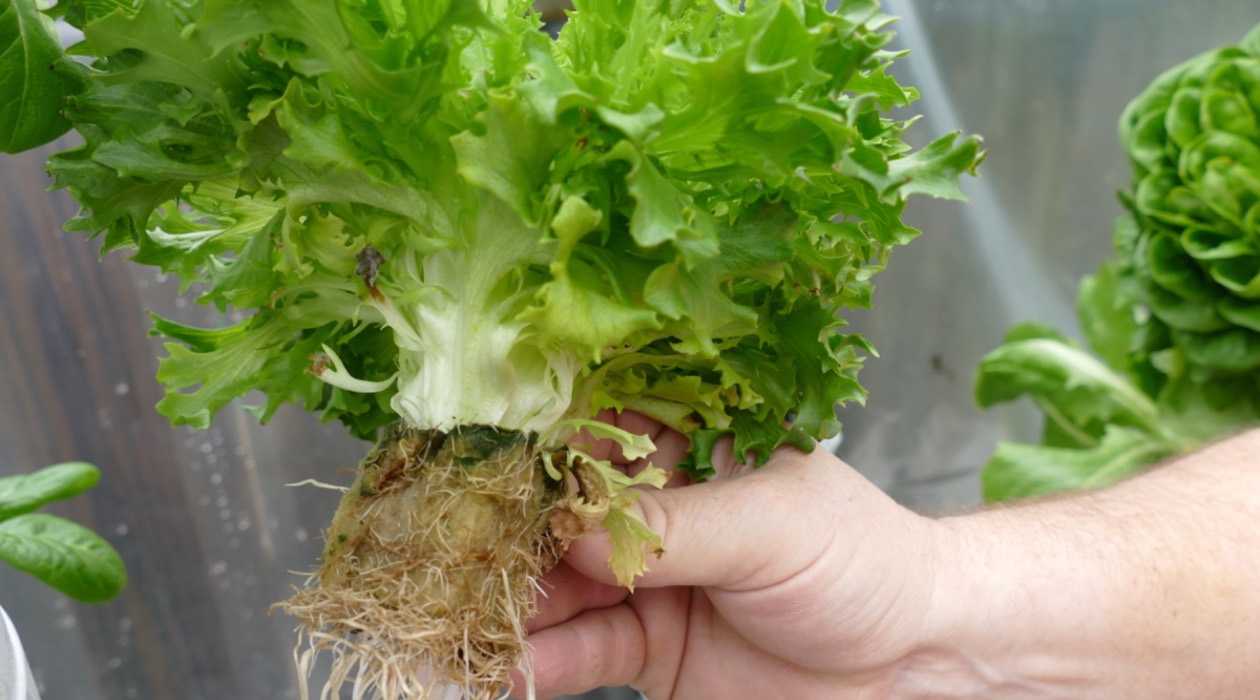
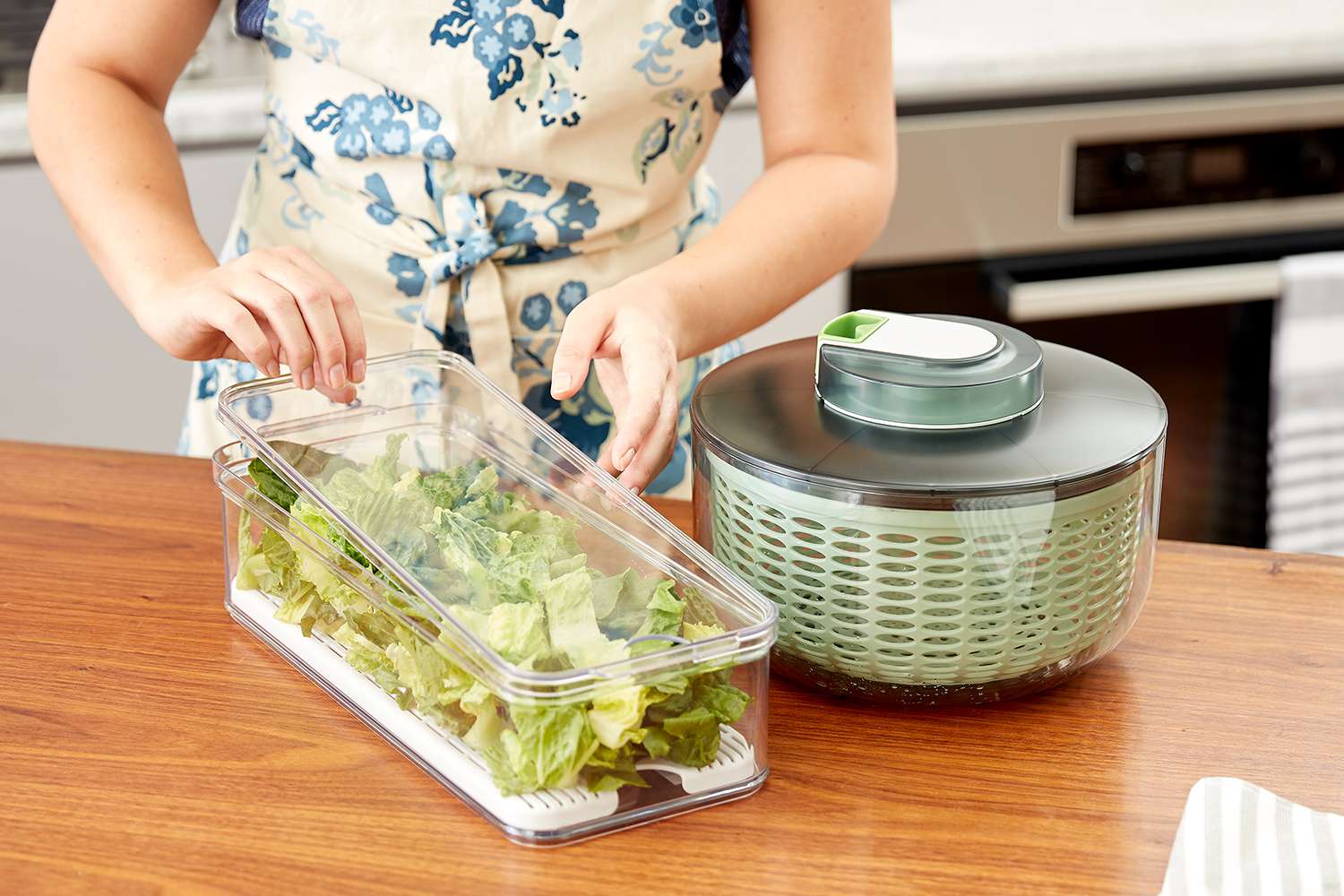

0 thoughts on “How To Store Lettuce”